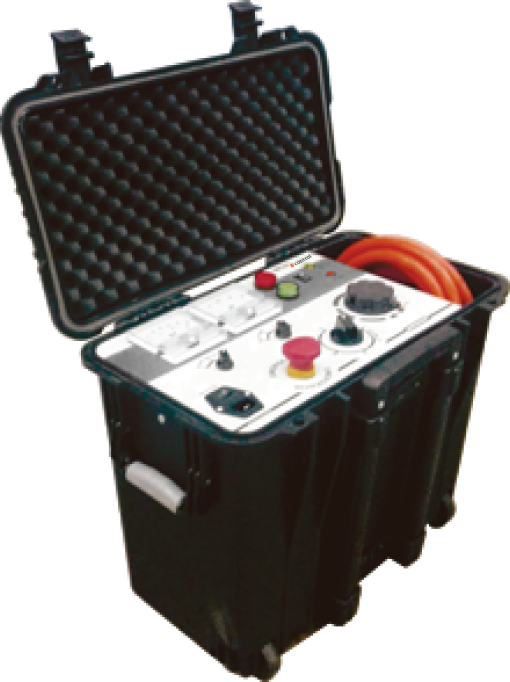A hipot tester (short for high potential tester) is a device used to verify the electrical insulation strength of high-voltage equipment. It applies a much higher-than-normal voltage between a product’s current-carrying conductors and its insulation or ground, to ensure there is no breakdown or excessive leakage current.
Hipot testing is a critical step in both manufacturing and maintenance of electrical components such as transformers, cables, switchgear, motors, and capacitors. It helps confirm that insulation can safely withstand overvoltage conditions without failing.
There are three main types of hipot tests:
AC Hipot Testing – Applies alternating current to simulate real-world voltage stress.
DC Hipot Testing – Uses direct current for better control and lower capacitive charging current.
Dielectric Withstand Testing – Confirms the product can resist a specified test voltage for a defined time.
Modern hipot testers often feature:
Adjustable voltage levels (from a few kV up to 100 kV and beyond)
Automatic ramp-up and hold functions
Precise leakage current monitoring
Safety interlocks and data logging
By using a hipot tester, manufacturers and technicians can ensure electrical safety, compliance with international standards (IEC, UL, IEEE), and long-term equipment reliability.


